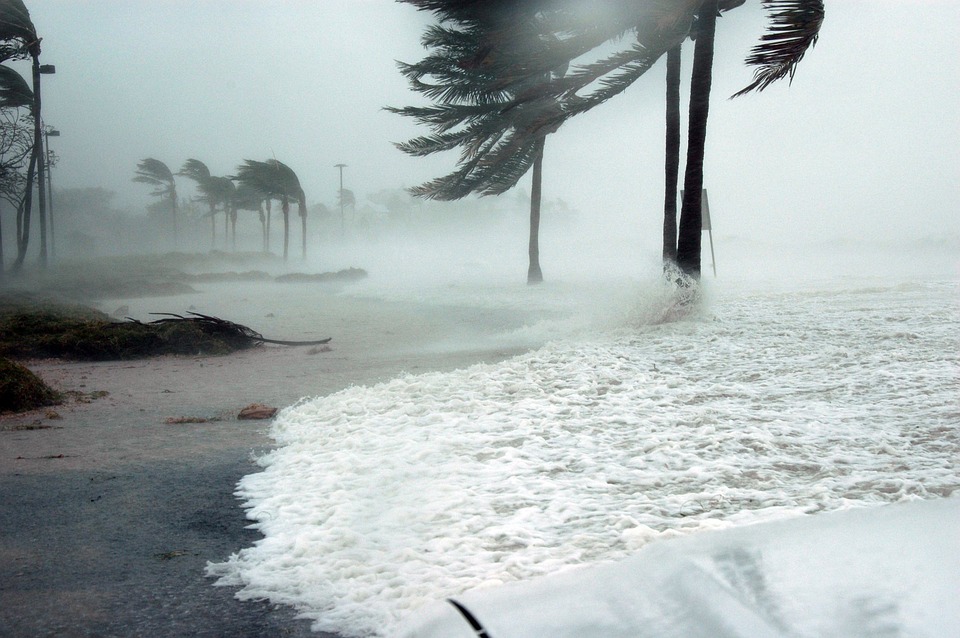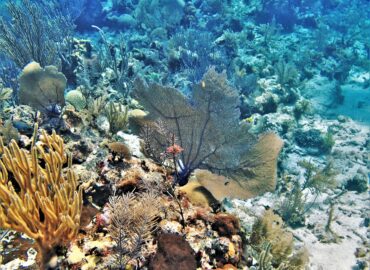Global climate change has begun to have its affects on the Caribbean region. All the countries in this part of the world and their economies have been vulnerable to this change. Among them, Jamaica has been considered as the country worst affected by climate change in the Caribbean. About 25% of the population of this nation lives in the coastal areas.
The coastal areas are important to Jamaica as they produce almost 90% of the country’s total income. Besides Jamaica, many of the other Caribbean countries are also under great threat. This is due to their location, geography, and increased dependence on tourism and agriculture for survival. Here are some of the visible effects of climate change on the Caribbean region:
1. Severe and more frequently occurring storms and hurricanes
The hurricanes and tropical storms have increased in number and strength in recent times. Many scientists are of the opinion that global warming is the culprit behind such incidents. In Jamaica, a tropical storm occurs almost every 4 years. Earlier, such storms occurred in the country once every 9 years. As a result, this has become one of the major concerns in the Caribbean.
2. An increase in the span of dry season and rainy season
Over the past few years, there has been an increase in the span of the region’s two seasons. They are the dry season and the rainy season. Such changes in climate has drastically affected agriculture and food supply in the Caribbean.
Water supply has been reduced owing to a shorter rainy season and a longer dry season. This includes drinking water, which is supplied to homes, communities, and business establishments.
3. A considerable rise in sea levels and coastal flooding
Besides polluting the underground water, the rising sea levels in the region has other effects. A rise in the levels of the Caribbean sea results in the flooding of coastal areas. It also increases the likelihood of an increase in storms.
This would have some serious implications for the built-up areas along the coast. The tourism industry of the Caribbean in general would also be affected. The communities living along the coastal areas would also be under constant threat owing to the rising sea levels.
4. Climate change impact on the Caribbean temperatures
An increase in temperatures would seriously affect the people’s physical comfort in this region over a period of time. The rise in temperatures would make the seas warmer, affecting the coral reefs and other forms of marine life. This would affect the supply of fish to the local population.
5. Effects on natural beauty and native animals
Climate change would result in the degradation of natural beauty in the Caribbean. It would also result in the extinction of the native animals. There are many butterflies, birds, and other species of fauna that are unique to this region. Climate change and shifts in patterns of weather would threaten the natural environment, flora, and fauna.
6. Weakening of natural protection
It is the natural environment of the Caribbean that has offered strong protection to the people of this region. Flood control, groundwater replenishment, protection against storms are some of its functions. However, there has been massive destruction of coral reefs, forests, and wetlands over the years. This has resulted in the weakening of the environment’s ability to protect the Caribbean region and its people.






